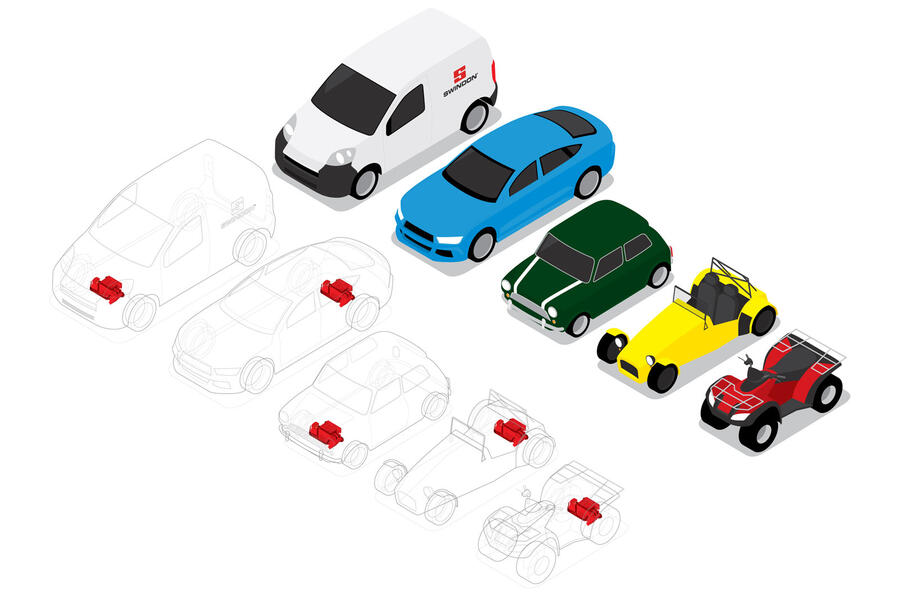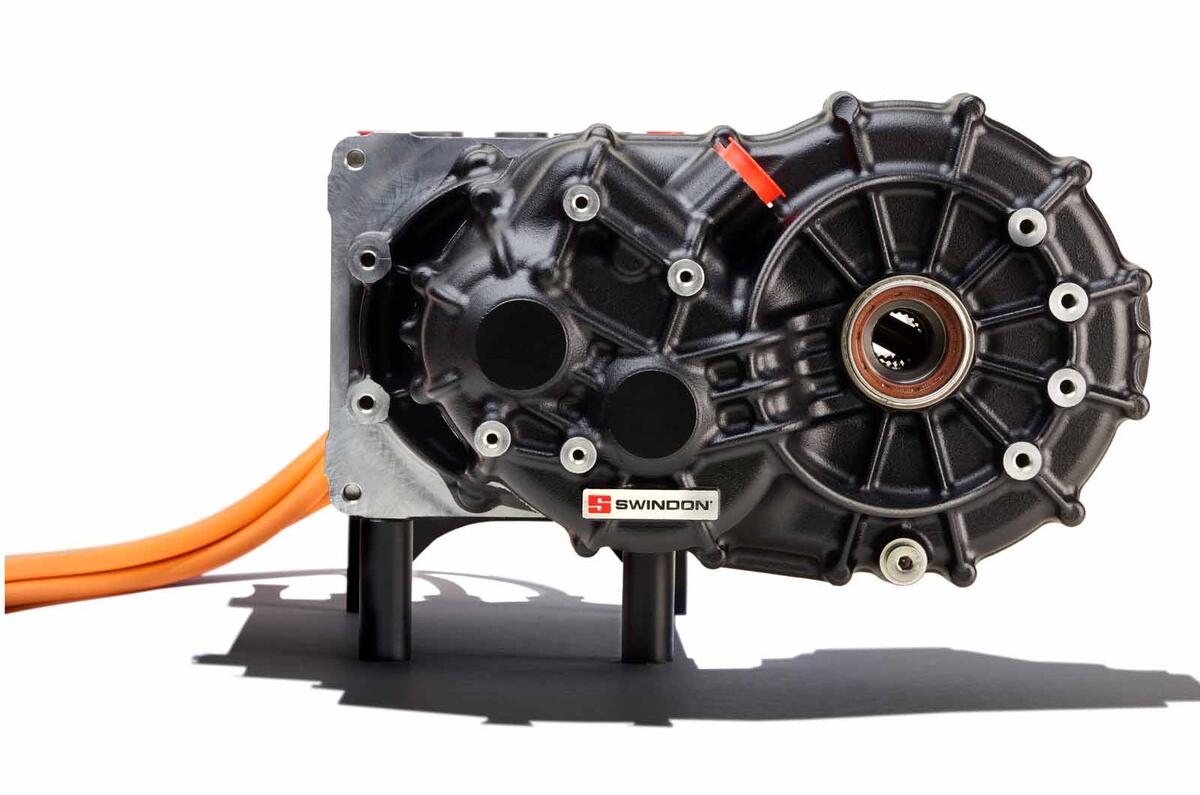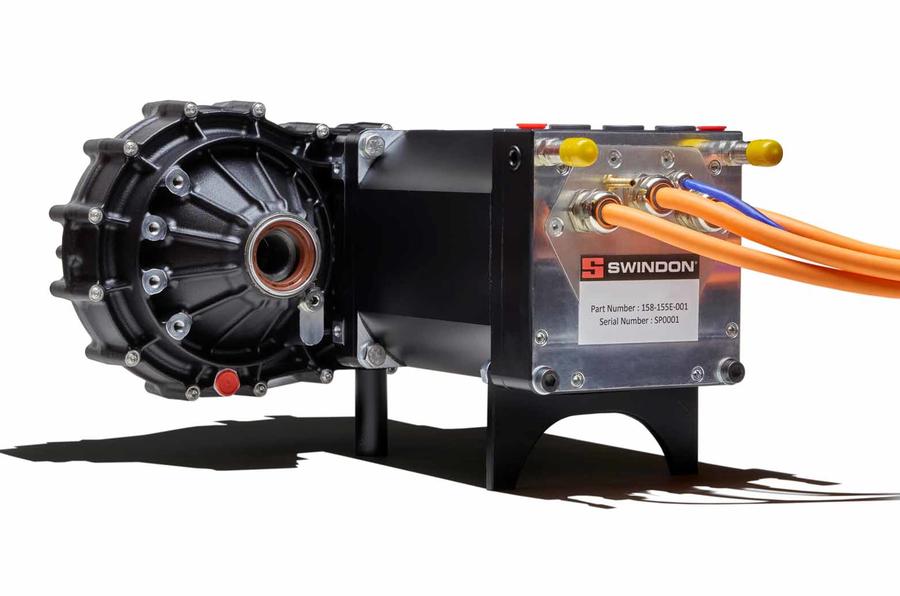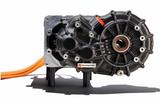Swindon Powertrain has launched the 'crate' electric motor for low-volume EV conversions that it first announced last year.
Available to order now, it costs £6400 plus VAT. That price includes the 80kW (107bhp) motor itself plus the transmission and differential. Options for cooling, inverters and even a limited-slip differential are available.
Swindon Powertrain has perfected the formula when moving from concept form to production. It's actually smaller than what was originally proposed, at 441mm wide and 384mm long, and the firm claim the highest power/volume ratio of any automotive system. It weighs in at a touch under 50kg.
The powertrain was being developed in partnership with electric motor manufacturer iNetic and engineering firm Code, with funding coming from the Niche Vehicle Network, a body that supports more than 900 of Britain’s lowest-volume automotive production and engineering companies.
The unit is described as ‘turnkey’, meaning it's ready for installation straight from the box. Primary intended uses for the new motor include sports cars, classic cars, small commercial vehicles and recreational vehicles such as golf buggies.

Swindon Powertrain also states that waterproofing options will enable it to be used in compact off-roaders. It claims that as well as operating as a standalone motor, the unit could also be used as the electric component in a hybrid vehicle’s drivetrain.
Different installation points and two inverter options give the powertrain the flexibility for a variety of uses. Two gear ratios can also be selected as a no-cost option, with Swindon Powertrain's website offering a configurator.










Join the debate
Add your comment
Why wud you want to put a
go away...
Learn how to spell, then come back and make a sensible comment. Nob jockey...
seems way over priced
I would have thought it needs a trade price of under £2k plus vat it is only a modest output plus the batteries are extra.Those quod bikes would be far too costly.
Used alternative?
Alternatively you could purchase a used Nissan Leaf or Renault Zoe motor / transmission assembly for around £1000 - £1500. There must be plenty of written off EVs by now with decent electric motors and control systems: after all the motor has essentially just one moving part. Granted this might not be so light and compact as the Swindon Powertrain solution, but the inherent cheapness and reliability of a mass produced part usually beats a bespoke part.